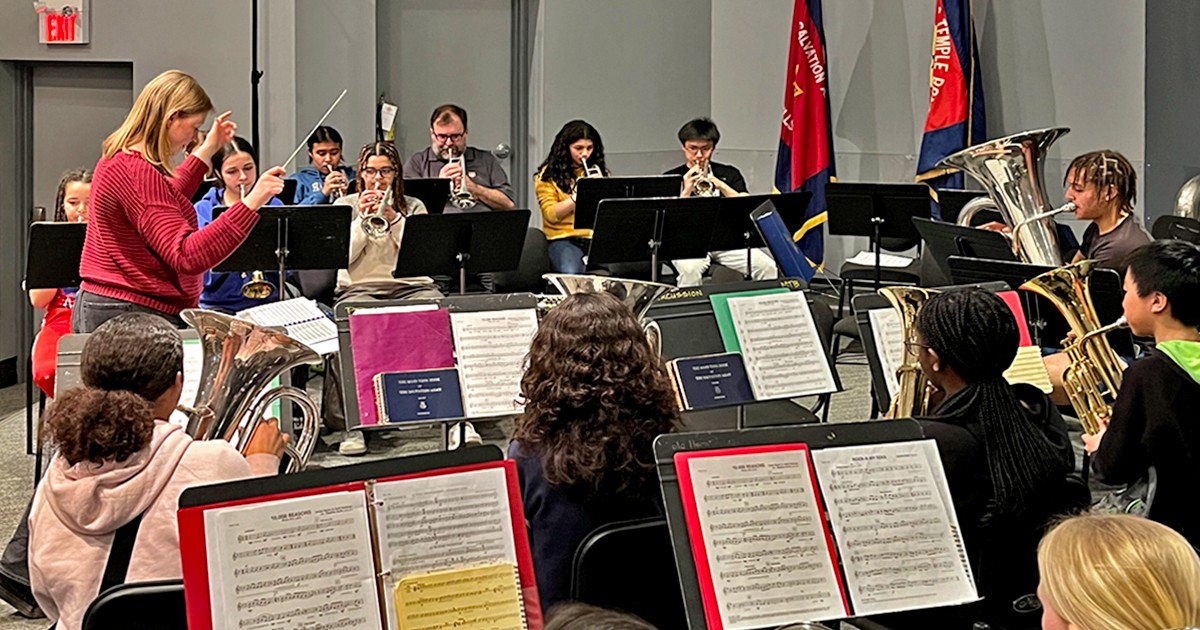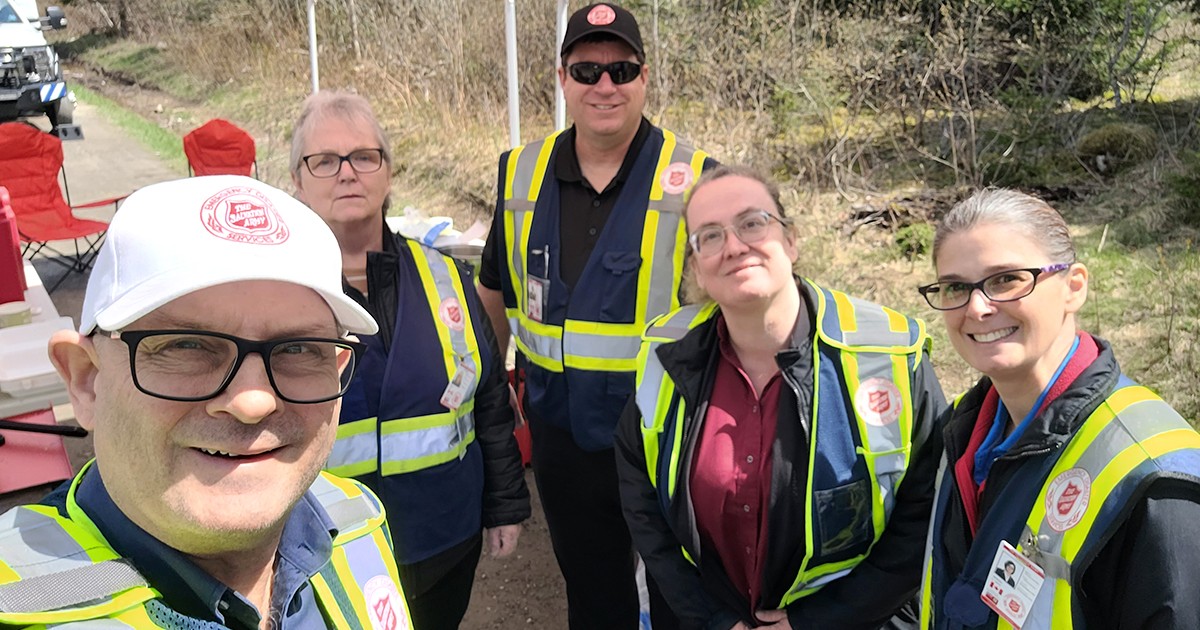The Salvation Army’s music ministries have incredible outreach potential. Ensembles, camps and music schools can become meaningful communities where people build relationships, are discipled and engage in worship. With so much potential in our music ministries, we should be bringing in all who are interested in learning music. This requires us to look critically at our programs and ask, “Who is being left out?”
I am a Salvationist and high school teacher, currently teaching music and special education. At my corps, I am an ensemble leader in our music school. During the summer, I participate at various music camps by serving on faculty. In all these settings, I teach a diverse group of individuals who have various musical levels and needs. Many are neurodivergent. This means that their brains have a condition that places it outside of typical function. Types of neurodiversity include attention-deficit/hyperactivity disorder (ADHD), autism spectrum disorder (ASD), fetal alcohol spectrum disorder (FASD), intellectual disabilities and more. Neurodivergent individuals often face barriers that prevent them from participating in many activities.
How can we ensure that our music programs include those who are neurodivergent?
First, we must reframe our priorities. What do we want to accomplish in a specific music ministry? When working in a music school or at a music camp, these are the priorities for learning:
- Know Jesus. Children should learn that they are loved by God and can come to know Jesus as their Saviour.
- Community. Children should learn that the church is a safe place where they feel like they belong.
- Life skills. Children should learn skills for their everyday life, such as leadership and cooperation.
- Music. Children should gain musical skills.
With our priorities reframed, our next task is to ensure that our programs meet the needs of neurodivergent individuals. This can be done through modifying the program or offering accommodations that help an individual access that program. A one-size-fits-all approach will not work as every individual is unique. It will take some trial and error before finding strategies that work in your program and provide the best support for each unique individual.
When we modify a program, we change the program to meet the needs of participants. Below are examples of a few common modifications that could be made in your ministry:
- An individual learning material that is a different level alongside others in the same program.
- An individual attending an age group of a program that is a better fit.
- An individual participating in a program part time.
We can also offer accommodations to provide an individual with the support they need to access a music ministry. These accommodations fit into two categories: instructional and environmental accommodations. Here are some examples of instructional accommodations:
- Buddy/peer grouping. Pairing an individual with a partner or small group to offer support.
- Non-verbal signals. These can be gestural reminders to sit, pay attention or participate.
- Frequent breaks. Many individuals will need movement breaks or quiet breaks outside of a loud rehearsal space.
- Repetition of information. Reminders and repetition are great tools that can help learning and ease anxiety.
- Visual aids. This might include small pictures or phrases on a music stand, a whiteboard or a visual schedule.
Here are some examples of environmental accommodations:
- Alternate space. This is a safe space where an individual knows they can go to take a break.
- Strategic seating. This seating might be close to an exit, far from an exit or close to a leader.
- Reduction of audio/visual stimuli. This includes the use of headphones in loud rehearsal spaces.
- Assistive devices/adaptive equipment. This includes fidget toys and communication cards.
What does all this look like in a music ensemble? In the ensemble I lead, which has many neurodivergent members, we all learn the same song because it fosters community. During each rehearsal, I provide a visual schedule. Some individuals use different types of notation (sheet music, lead sheet, tabs, letters) and some learn by rote to accommodate differences in cognitive ability. Individuals are aware of another space they can access if they need a break, and we take frequent breaks as a group. To make a group like this successful, it is important that all leaders communicate well, remain calm and show patience in all circumstances.
When we work with neurodivergent individuals, there are a few more truths to remember:
- Behaviour is communication. An individual’s behaviour is trying to tell us something and we should be listening.
- Every person is unique and always changing, so the strategies we use to support them will also need to change.
- We should partner with families to understand the needs of an individual in our program.
- We should collaborate with other leaders in our programs and reach out to experts (special education professionals, music and arts ministries department) for support when needed.
- Don’t underestimate someone who is neurodivergent because of their disability. Be prepared to be amazed!
Above all else, remember that every person we come across was created in the image of God and is loved by God. We have so much to learn from the neurodiversity in God’s creation. These are individuals whose brains allow them to experience God in unique and powerful ways, making them an important part of the body of Christ.
Abigail Morson is a music teacher, senior soldier at Mississauga Community Church, Ont., and member of the Canadian Staff Band.
Reprinted from The Zine (September 2023).










Thank you so much for this article. So glad that members of our denomination volunteer their knowledge and time to offer inclusive teaching.